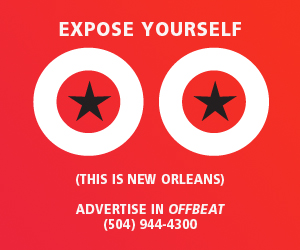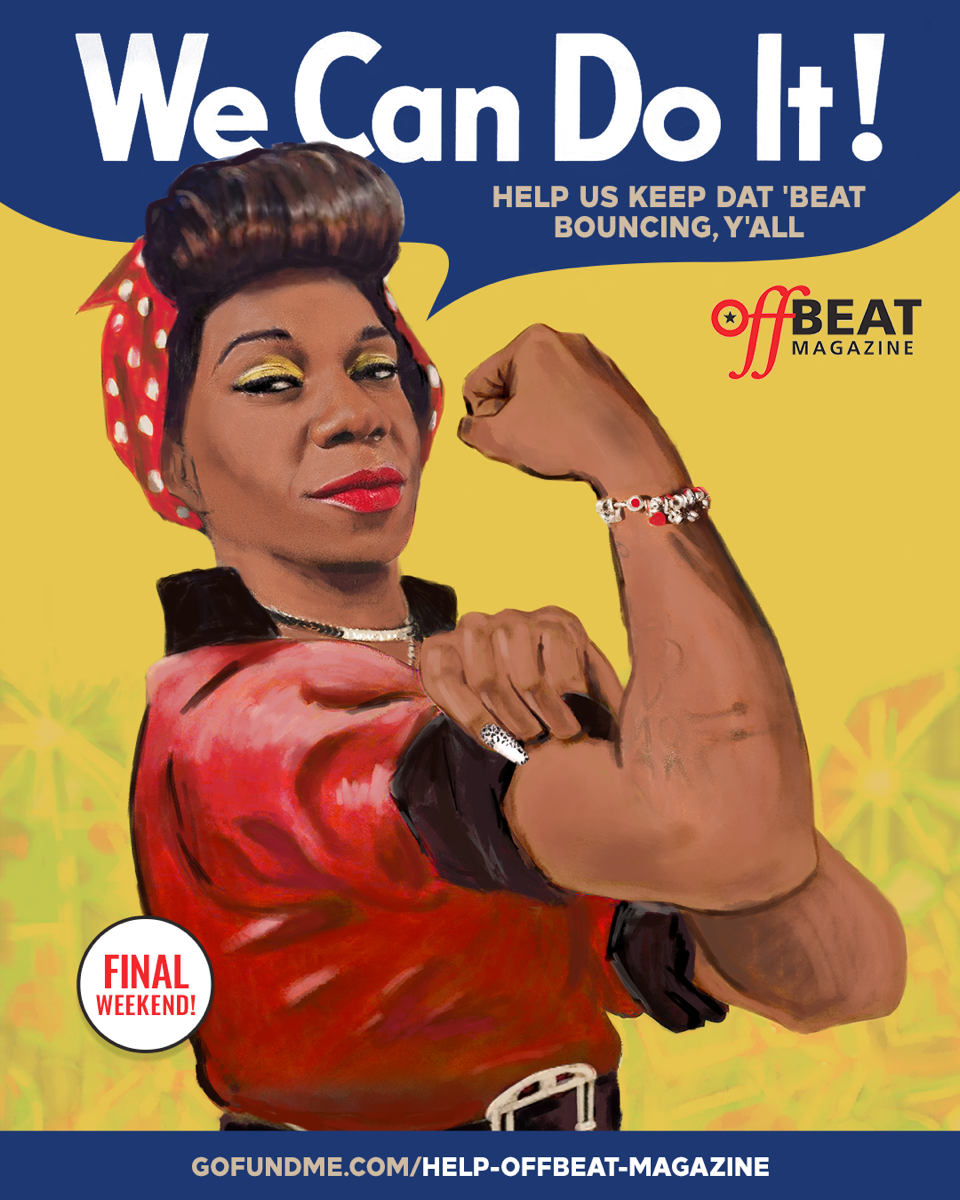On July 4, 1985 Ben Schenck experienced the moment that would change his life. The 22-year-old music student went to the Capitol Mall in Washington D.C. for the Smithsonian Folkways Festival and heard the Young Tuxedo Brass Band. Schenck, a percussionist and clarinet player, was enthralled by the sound of Michael White’s clarinet drifting across the grass.
“I had been playing conga and I ...




